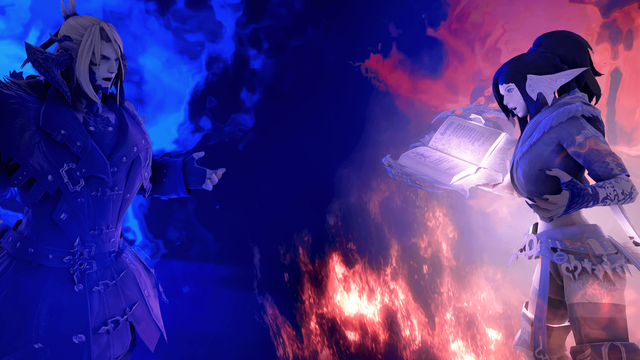16Comments
PUBLISHED
UPDATED
FFXIV Summoner Job Guide (Patch 6.5)
The reason why folks turn off spell effects in FFXIV.
About the Author
Paulo Kawanishi
A freelance writer with works published in Polygon, Eurogamer, The Loadout, and many others publications. He has a long list of games in his backlog, although he keeps looking for new ones to play.
Newest


